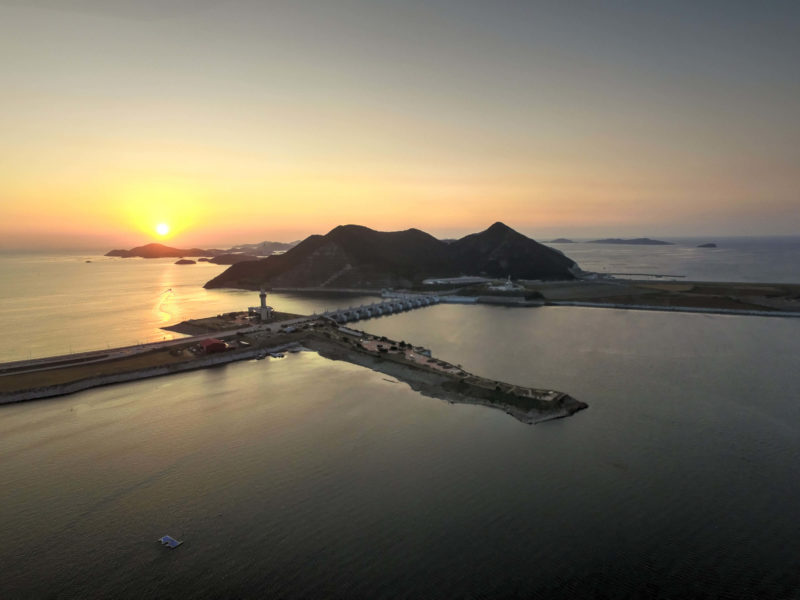Tech Startup Heimdal Uses RE to Extract CO2 and Other Materials from Sea to Make Carbon-free Products

Tech startup Heimdal is attempting to extract CO2, cement, and other materials from seawater, using renewable energy sources. in one of the most eco-friendly ventures in the world.
Rising CO2 levels in our atmosphere have also increased those levels proportionately in the ocean, harming wildlife and changing ecosystems. Heimdal aims to “decarbonize industries and the world” by making carbon-free industrial products that can be utilised in other processes to serve the diverse needs of consumers across industries.
In order to accomplish this, the company is working to pull CO2 out of oceans at scale using renewable energy and producing carbon-negative industrial materials, including limestone for making concrete. Concrete manufacturing is estimated to produce as much as 8% of all greenhouse gas emissions, and seawater is full of minerals used to make it.
Heimdal has attracted significant funding even at its very early stage. The company’s founders, Erik Millar and Marcus Lima, are Oxford postgraduates who started their venture right after leaving university. Believing climate change to be an existential threat to humanity, they were disappointed at the lack of permanent solutions to its many and various consequences across the globe.
The two founders envisioned a new linear process that takes nothing but electricity and CO2-heavy seawater and produces useful materials that permanently sequester the gas. The Heimdal process, which has been demonstrated at lab scale, comprises the following steps:
The seawater is alkalinized, shifting its pH up and allowing the isolation of some gaseous hydrogen, chlorine and a hydroxide sorbent. This is mixed with a separate stream of seawater, causing the precipitation of calcium, magnesium and sodium minerals and reducing the saturation of CO2 in the water — allowing it to absorb more from the atmosphere when it is returned to the sea. From seawater and electricity, they produce hydrogen and chlorine gas, calcium carbonate, sodium carbonate and magnesium carbonate, and in the process sequester a great deal of dissolved CO2. For every kiloton of seawater, one ton of CO2 is isolated, and two tons of the carbonates, each of which has an industrial use. MgCO3 and Na2CO3 are used in, among other things, glass manufacturing, but it’s CaCO3, or limestone, that has the biggest potential impact.
“Heimdal’s ability to use brine effluent to produce carbon-neutral cement solves two problems at once,” Yishan Wong, former Reddit CEO, now CEO of Terraformation and individually an investor in Heimdal, has been quoted as saying. “It creates a scalable source of carbon-neutral cement, and converts the brine effluent of desalination into a useful economic product. Being able to scale this together is game-changing on multiple levels,” Wong added.




